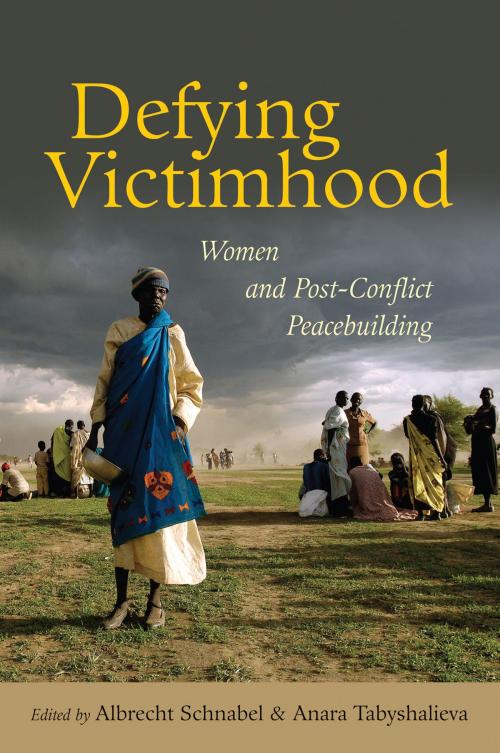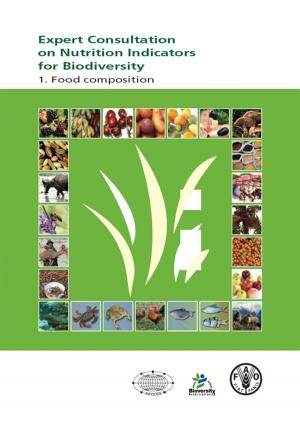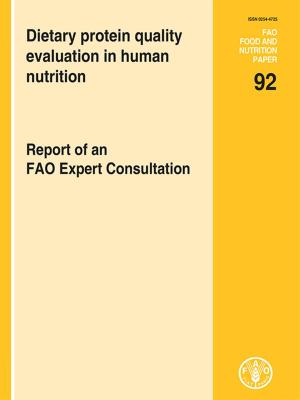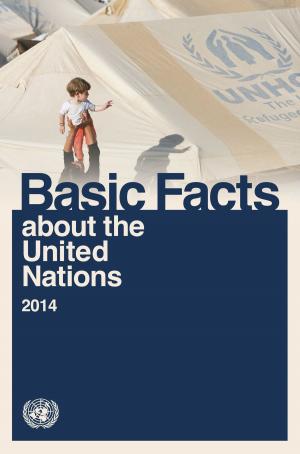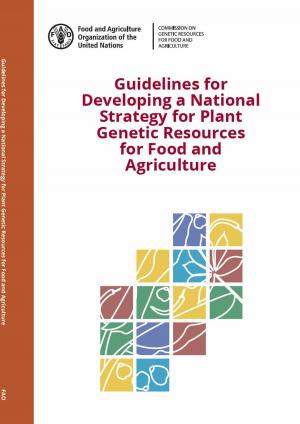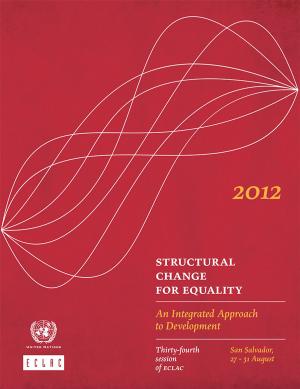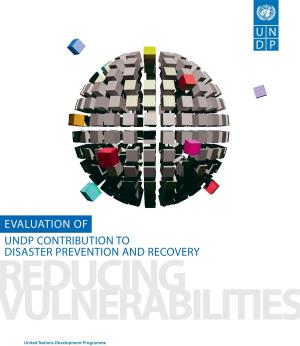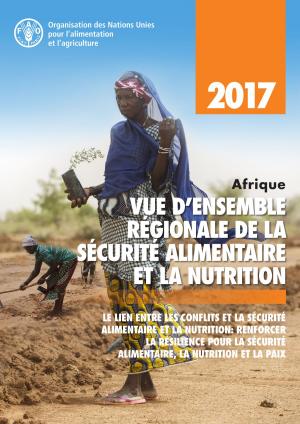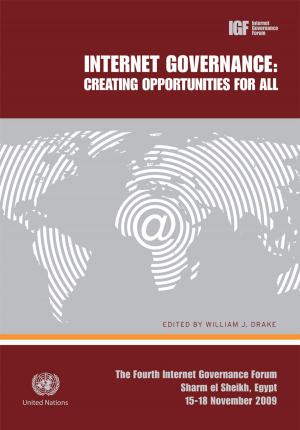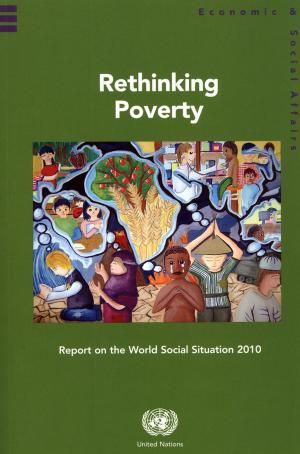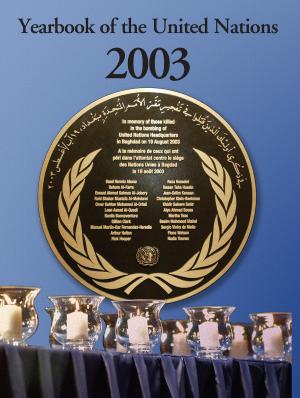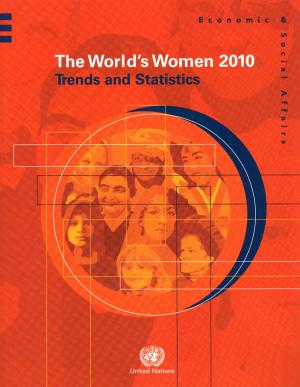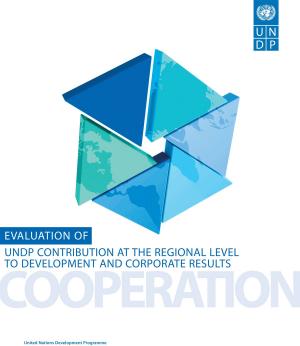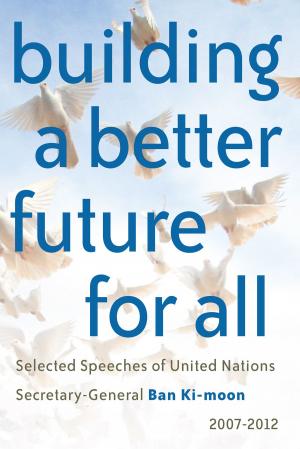Defying Victimhood: Women and Post-conflict Peacebuilding
Nonfiction, Social & Cultural Studies, Social Science, Gender Studies, Women&| Author: | United Nations | ISBN: | 9789210560566 |
| Publisher: | United Nations | Publication: | March 22, 2013 |
| Imprint: | Language: | English |
| Author: | United Nations |
| ISBN: | 9789210560566 |
| Publisher: | United Nations |
| Publication: | March 22, 2013 |
| Imprint: | |
| Language: | English |
Women are among the most competent, yet marginalized, unnoticed and underutilized actors in efforts to rebuild war-torn societies. Opportunities for sustainable peacebuilding are lost — and sustainable peace is at risk — when significant stakeholders in a societys future peace and conflict architecture are excluded from efforts to heal the wounds of war and build a new society and a new state. The contributors to this book draw on comparative case and country studies from post-conflict contexts in different parts of world to offer their insights into frameworks for understanding women as both victims and peacebuilders, to trace the road that women take from victimhood to empowerment and to highlight the essential partnerships between women and children and how they contribute to peace. The authors examine the roles of women in political and security institutions.
Women are among the most competent, yet marginalized, unnoticed and underutilized actors in efforts to rebuild war-torn societies. Opportunities for sustainable peacebuilding are lost — and sustainable peace is at risk — when significant stakeholders in a societys future peace and conflict architecture are excluded from efforts to heal the wounds of war and build a new society and a new state. The contributors to this book draw on comparative case and country studies from post-conflict contexts in different parts of world to offer their insights into frameworks for understanding women as both victims and peacebuilders, to trace the road that women take from victimhood to empowerment and to highlight the essential partnerships between women and children and how they contribute to peace. The authors examine the roles of women in political and security institutions.
